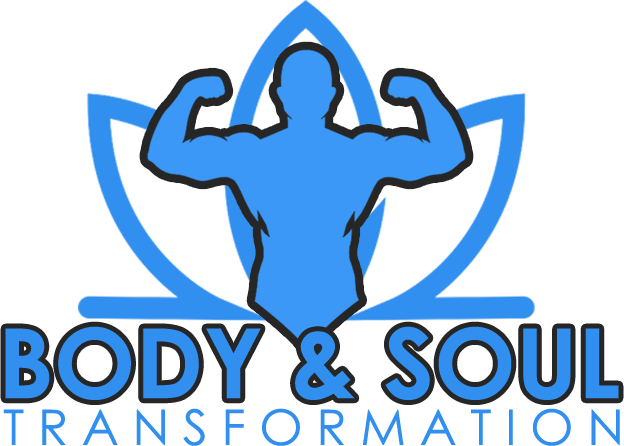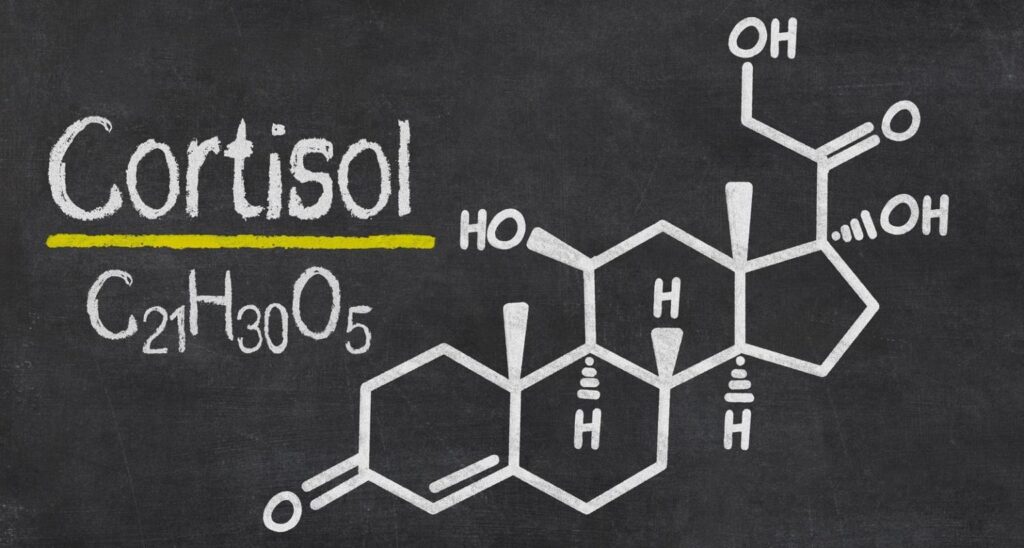Cortisol is a hormone of “stress or fear”. It is produced by the adrenal glands at the moment when a person feels threatened or feels the most powerful emotional and physical stress.
This hormone usually converts fats into fatty acids and then into glucose, which is an energy source. The human body needs energy constantly, and in a situation of stress, its amount is required twice as much.
It can have quite a negative effect on the muscles. The higher its level, the more difficult it is for a person to build muscle mass and gain strength.
In fact, cortisol in the elderly is the main factor in the decline of strength.
The production of this hormone is necessary for the normal functioning of a person, but its excess can harm your achievements for the following reasons:
– increases in cortisol increases muscle catabolism.
This is due to the breakdown of tissues with the release of amino acids, which can then be converted into glucose for energy production. This is called gluconeogenesis, and it is one of the main functions of cortisol. This function is necessary to increase energy at the right moments.
– cortisol can suppress the immune system.
In turn, it is the immune system that restores damaged muscles. Because of this, in fact, growth and recovery are slowing down.
– the growth of myostatin always goes next to the growth of cortisol.
Myostatin determines how much muscle mass you can gain. If your goal is to gain weight, then I have bad news.
During cardio trainings, cortisol is produced. But this does not mean that it is necessary to completely abandon cardio in fear of increasing the stress hormone. It is only necessary to highlight the moments when cortisol rises more strongly, and in which cases it is weaker. And use it!
Three facts about cortisol released during exercise.
1. It mobilizes energy. It will release glycogen, fatty acids and break down muscles to provide nourishment for muscle contractions. The more nourishment you need, the more cortisol you will release.
Most often, the goal of cardio is to burn fat. Of course, in this case you need to get the body to mobilize not too much fuel. Too much release will negate the benefits of fat loss.
2. It releases adrenaline. The larger the volume of your cardio workout, the more cortisol is released, which means more adrenaline and a higher level of intensity.
3. It helps to maintain blood sugar levels. Cortisol and glucagon restore sugar when it drops. This is important because if you exercise on an empty stomach (when sugar is low), you will increase cortisol levels to a greater extent.
From all this, we can conclude that the cortisol level gives a feeling of energy. This is not a bad thing in the short term, however, if you do it for too long, or stay in this state for a long time, it will do you harm.
So, the three pillars of increasing cortisol levels:
1. Exercise on an empty stomach.
2. High volume.
3. Maximum intensity.
This leads to the worst types of cardio training for athletes.
1. Interval training on an empty stomach.
An easy 40-minute walk in the morning on an empty stomach is very good. But intensive interval training on an empty stomach is not for us.
In the case of a walk, you also release cortisol, but quite a bit, because the intensity is low.
In the second case, there are problems. Firstly, you are hungry (the first element stimulating cortisol), and you are very tense (the second element stimulating cortisol). Of course, you will have a large calorie consumption, but the risk of increased cortisol is several times higher.
2. Long intervals of high intensity.
Intervals of 20 minutes or more – in this case, you combine high intensity with long duration. And these, as you remember, are two cortisol growth factors.
3. Moderate intensive cardio on an empty stomach.
Let’s go back to morning training again. If you run for 45-90 minutes, you are also putting your muscles at risk. Here you have a large calorie consumption (much higher than when walking), and starvation. These are two factors that increase cortisol.
In this example, I meant jogging, but cycling and other types of cardio will do.
4. Intensive cardio after a workout with weights.
Such work is great for burning fat, reducing the risk of metabolic disorders, and even slows down aging. But there is also a delay in muscle growth.

